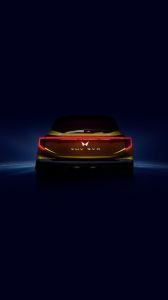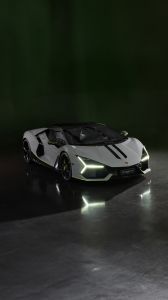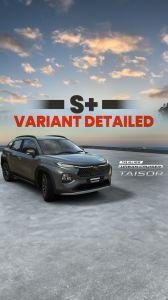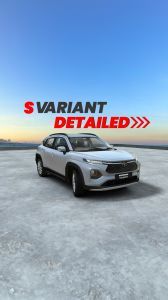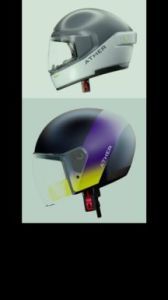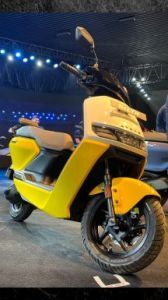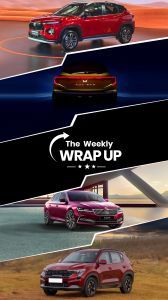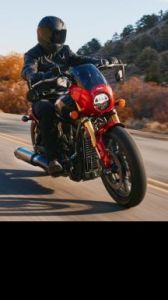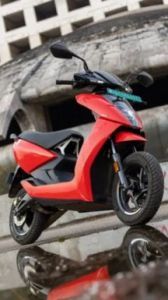 2024 Bajaj Pulsar N250 Launched At Rs 1,50,829: Image Gallery In 9 Pics
2024 Bajaj Pulsar N250 Launched At Rs 1,50,829: Image Gallery In 9 Pics
The Rise Of Mahindra Truck & Bus: An Interview With Vinod Sahay
- Feb 20, 2018
- Views : 14419
- 8 min read
We sit down with the Vinod Sahay of Mahindra Truck & Bus to find out how the “challenger brand” plans to break into the CV scene
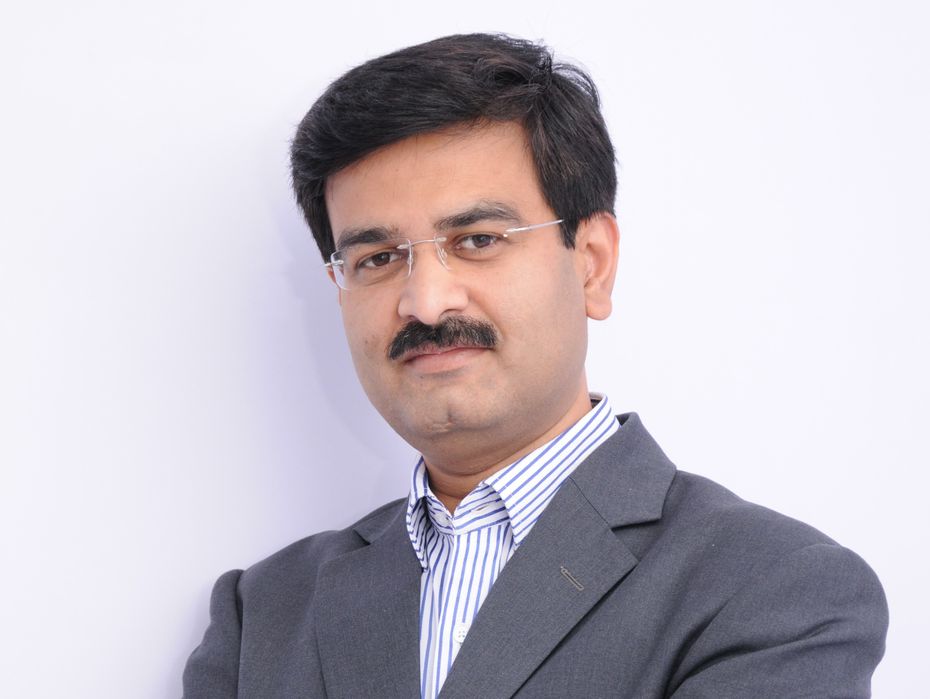
The current HCV space is highly monopolistic, leaving virtually little room for upcoming entrants to create a mark. However, Vinod Sahay, CEO, Mahindra Truck & Bus Division, has a plan - to become a credible number 3 in the space, courtesy some innovative products that are the need of the hour. We caught up with him at Auto Expo 2018 to dive deeper into the company’s plans.
1. MTB has had a successful run in the CV market against established players who have been in the market for decades. What has been MTB’s recipe for success so far?
We have tasted immense success post the launch of the Blazo. The Blazo has been our redefining moment. We have been in this (heavy trucks) segment for 7-8 years and before that in the LCVs segment. In the heavy trucks segment, we are comparatively a new entrant. We entered in a JV with Navistar initially but now we are 100 percent Mahindra company. Given the challenges in the heavy vehicle segment, we paid attention to what our customers had to say. Armed with these inputs, we went back to the drawing board and in February 2016, we effectively relaunched the company with the introduction of the Blazo.
We saw that the heavy truck industry was notorious for overloading, but we could see this practice coming to end with the overload penalty looming large. There was a huge premium on fuel efficiency that was already there but in the rated load regime, the demand for fuel efficient trucks would become much higher.
India is undergoing a major transformation all across; be it the service sector or the mobile industry or the way you book airline tickets, everything is changing. Trucking industry cannot remain where it was and trucks cannot be what India has seen in the last couple of decades. The question is not whether, but when the Indian trucking industry will move to where the European market is. With that in mind, we came up with the Blazo, where as an industry-first, we guarantee better fuel efficiency. But, being a challenger brand, this was not enough. In the CV industry, customers need a higher uptime for which service and parts support is must. And with a challenger brand, there’s always that level of doubt in the customers’ mind. They were very sure about the quality of our trucks, but there was a doubt about service and parts.
We decided to focus on giving our customers a guarantee on service and parts. For this we have enhanced our dealer network and marketing communication. Today customers are paying similarly or a slight premium for our products and service, but their experience with us is much better compared to competitors. They are our biggest advocates, as a result of which we are the fastest growing brand in this business. We are already number 3 in the tractor business, number 4 in tippers and in December 2017 we were number 3 in all segments put together.
2. What will be the key areas of focus for MTB to achieve its target of 7 per cent market share by 2020?
If you ask me personally, in any industry, our aspiration is to be a credible number 3. This industry, for long, has effectively been run by the top two players and we believe the consumer has a lot to gain if the market opens up. This will not happen automatically especially because the market leaders won’t cede an inch of space that they occupy. So, our aspiration is to be a credible number 3 and being that means redefining everything. 7 percent is doubling our market share compared to last year and given the acceptance our products and services are getting, we should hopefully be there. At the end of the day 7 percent is still a number that leaves us with a lot of space to grow.
3. Speaking of the Blazo 49 smart truck, can you tell us more about the tech in this truck that will be an industry first?
The Blazo is already a truck that is far superior than its competitors in the Indian market. So far we have addressed three things with the Blazo. The first is fuel which accounts for 52 percent of operating economics, the next big elements are tyres, and the one that makes everything happen - the driver. I may own a truck but I don’t drive a truck, for that I have to rely on hundreds of drivers. Most of my trucks will be at least 1000km away from me at any given point of time. In this scenario, the driver becomes crucial. With the Blazo, we not only provide the most fuel-efficient trucks, but also the most comfortable cabin.
Given that in a country like ours, where 80 percent of the multi-axle trucks’ cabins are being made out of wood in aftermarket, industry leaders are providing their trucks with cowl chassis. In an industry where the leaders are not even providing 100 percent of OE cabin, is AC more important or should OE certified and OE-made crash-tested cabins be provided first?
This is where the industry is and we being a challenger brand, said that we will take the leap. In the Blazo 49 smart truck, we upped the game when it comes to safety and the comfort of the driver.
A truck driver is in a profession where he drives for 9-10 hours everyday unlike most regular drivers who drive for 2 to 3 hours a day. In most cases, the driver does not realise that he is pushing himself. The Blazo 49 smart truck has a doziness sensor which senses the driver is tired, it senses alcohol consumption (as well). Apart from this, the heads-up display provides the vital parameters of the truck, so the driver can focus on the road ahead.
Systems like automatic tyre pressure monitor on the dashboard itself are also really crucial for the truck, given that most of the time it is running at peak levels (load) of what the brakes and everything are tested. So, if the tyre pressure is less, it could be a safety issue or even lead to an accident.
Apart from safety, there are a lot of comfort features like sunroof that have been provided. A feature like sunroof is something that is available in cars, but here we are providing it in a truck. Then there are rain sensing wipers, traction control, and collision avoiding systems to name a few.
So, the intention with the Blazo 49 smart truck is that we are a technology-ready company that is ready to provide these features but all of this comes at a cost. Given the customers in this industry are very sensitive to cost, we will be providing some of the safety features that we have displayed here in the Blazo 49 smart truck.
4. With the eCosmos concept, Mahindra will be one of the first players in the electric bus segment. Do you think electric buses will catch the public’s imagination faster than electric cars?
Electric vehicles will take time in my viewpoint. It won’t be as fast as some of us think because there are various elements to this. In commercial vehicles, at the end of the day, it’s cost per kilometre. I will give you an example of a school bus operator. Your kids go to school and you pay a quarterly or monthly fee for the bus service. If the school bus changes to electric and the operator says that the bus fee will be doubled, some may agree but most people will not and that’s where the trade-off is.
Currently, the technology is coming at a cost. Electric motors come at a higher cost compared to their diesel counterparts. Having said, that the Government is providing certain subsidy as part of the push for EVs. The way I see, because of the acceptance of the technology, we will see state transport adopting EVs first with the Government subsidies being provided and private players will follow once the technology is cheaper. In buses, this will be the route for sure. In trucks, however, this transition will take place through light commercial vehicles first. Heavy commercial vehicles will be the last to join the electric bandwagon.
This is because, as a nation, we will first address the challenge of charging in the city. Then comes the challenge of charging stations on the highways. That’s how I see the industry will move forward.
5. Do you see internal combustion engines being completely phased out in the future or do you think they will still be used for intercity transportation of goods?
As I said, this is like crystal-ball gazing, but I am a fan of ICE (internal combustion engines) and I think it will stay for the foreseeable future, at least, for heavy commercial vehicles. When it comes to cars and buses, the demise of ICE will come much sooner, but when it comes to a 49-tonne truck moving from Delhi to Chennai carrying goods, electric is farfetched right now. And I hope ICE remains in a much cleaner avatar than what it is today.
See what our community has to say! NEW
India's largest automotive community








